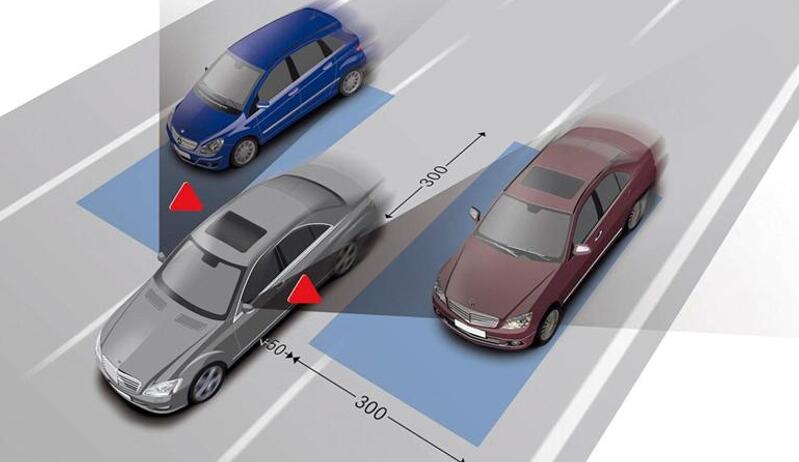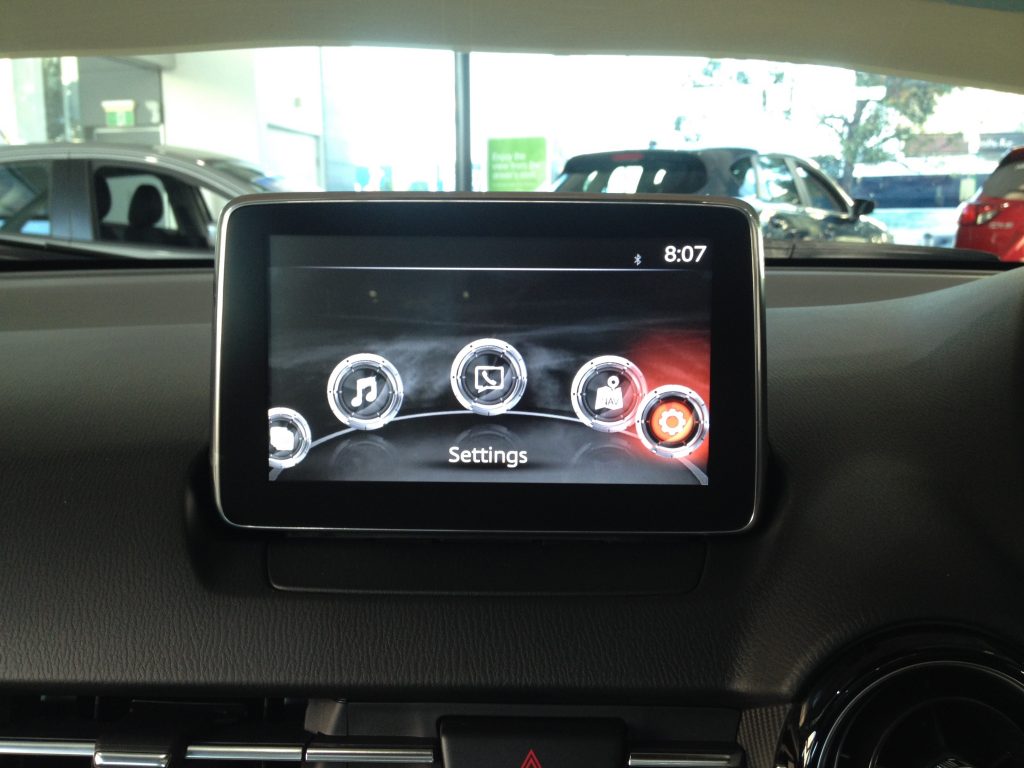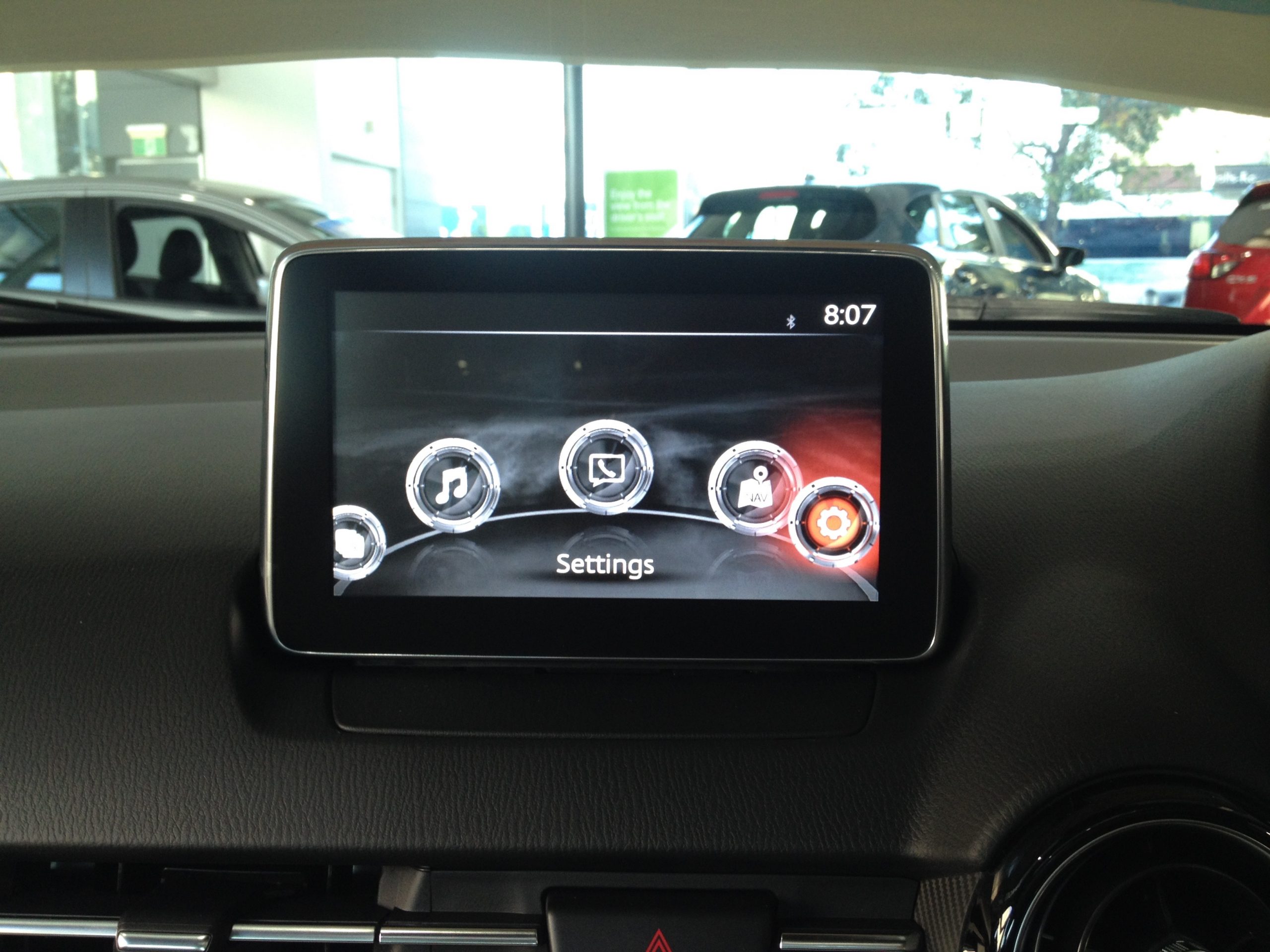Blind Spot Monitoring (BSM) is an advanced driver-assistance technology designed to improve safety by alerting drivers to vehicles in their blind spots. Mazda, a brand synonymous with performance, innovation, and safety, has integrated BSM into its lineup of vehicles to enhance driver awareness and prevent accidents. As a result, Mazda owners can enjoy a safer driving experience with added confidence, especially when changing lanes or navigating heavy traffic.
In this article, we will explore how Blind Spot Monitoring works, its benefits, and the role it plays in Mazda’s i-Activsense safety suite. We will also take a closer look at the impact of this technology on overall driving safety and its importance in reducing blind-spot-related accidents.
What is Blind Spot Monitoring (BSM)?
Blind Spot Monitoring (BSM) is a safety system designed to alert drivers when there is a vehicle or object in their blind spot, areas of the road that are not visible in mirrors. This technology uses sensors, typically radar, mounted in the rear bumper or side mirrors, to detect vehicles approaching from behind or alongside the driver’s vehicle.

When a vehicle enters the blind spot, the BSM system activates an alert in the vehicle’s side mirror, often in the form of a small light or icon that illuminates to warn the driver of the potential hazard. In some cases, the system may also provide an audible warning or a vibration in the steering wheel, depending on the vehicle’s configuration.
The BSM system works in tandem with other driver-assistance features such as Lane Departure Warning (LDW) and Lane Keep Assist (LKA), providing a comprehensive approach to safety by improving overall driver awareness.
How Does Blind Spot Monitoring (BSM) Work in Mazda Vehicles?
Mazda has integrated Blind Spot Monitoring (BSM) into its range of vehicles as part of its i-Activsense suite of safety technologies. This suite includes a combination of radar, cameras, and other sensors that work together to enhance safety and provide real-time information to the driver. The BSM system in Mazda vehicles uses radar sensors placed at the rear corners of the vehicle, typically near the rear bumper or side mirrors.
When the system detects a vehicle in the adjacent lane, it activates a warning light on the side mirror of the driver’s vehicle. This visual indicator alerts the driver to the presence of another vehicle in the blind spot, providing a timely warning before the driver attempts to change lanes. The system also monitors traffic and can detect vehicles that are approaching at high speeds from behind, offering additional protection when merging onto highways or navigating congested traffic.
In Mazda’s more advanced systems, the BSM works in conjunction with other safety features such as the Lane Departure Warning (LDW) system. If a driver attempts to change lanes without signaling while a vehicle is in the blind spot, the system will not only activate the visual warning but may also provide an additional alert or assistance to help the driver avoid a collision.
Benefits of Blind Spot Monitoring (BSM) in Mazda Vehicles
1. Increased Driver Awareness and Safety
One of the most significant benefits of Blind Spot Monitoring in Mazda vehicles is the increased level of driver awareness. Many accidents occur when drivers change lanes without realizing that another vehicle is in their blind spot. By providing a real-time warning, BSM helps drivers make safer decisions when navigating traffic.
Whether on highways or city streets, drivers can confidently change lanes knowing that the BSM system is actively monitoring the surrounding area. This increased awareness helps prevent accidents and enhances overall driving safety.
2. Prevention of Blind Spot Collisions
Blind spot-related accidents, particularly side collisions, are some of the most common types of accidents on the road. These accidents can often be attributed to the inability of the driver to detect vehicles or obstacles in the blind spot before making a lane change.
The BSM system in Mazda vehicles plays a vital role in preventing these types of accidents. By alerting the driver to the presence of a vehicle in the blind spot, the system helps prevent collisions during lane changes, making driving safer for everyone on the road.
3. Enhanced Confidence While Driving
For many drivers, changing lanes in heavy traffic or on highways can be a nerve-wracking experience, especially when they cannot see all vehicles in their immediate vicinity. BSM technology helps alleviate these concerns by providing a reliable alert when a vehicle enters the blind spot.
With this added layer of security, drivers can confidently execute lane changes and merges, knowing that the system is actively watching for potential hazards. This added confidence enhances the overall driving experience and makes navigating busy roads easier and more comfortable.
4. Reduced Risk of Accidents in Challenging Traffic Conditions
In congested traffic, the risk of blind-spot-related accidents is significantly higher. Vehicles may enter and exit lanes quickly, and drivers may have difficulty noticing other vehicles in their blind spots due to limited visibility.
BSM technology mitigates this risk by alerting drivers to vehicles approaching from behind or in adjacent lanes. The system provides an extra set of “eyes” for the driver, which is particularly useful in heavy traffic or during high-speed merges. By reducing the likelihood of collisions in these situations, BSM contributes to safer roadways.
How BSM Works with Other Mazda Safety Features
Mazda’s i-Activsense suite of safety technologies includes several other features that complement and enhance the effectiveness of Blind Spot Monitoring. These systems work in harmony to provide a comprehensive safety net for drivers, further reducing the risk of accidents.

1. Lane Departure Warning (LDW)
The Lane Departure Warning system uses cameras to detect lane markings and alerts the driver if the vehicle begins to drift out of its lane without signaling. This system works alongside BSM to improve lane change safety, ensuring that the driver remains aware of their position on the road and the vehicles around them.
2. Lane Keep Assist (LKA)
Lane Keep Assist actively helps the driver stay within their lane by providing steering assistance if the vehicle begins to veer out of its lane unintentionally. This feature complements BSM by reducing the likelihood of the driver drifting into a neighboring lane, particularly in high-traffic situations.
3. Rear Cross Traffic Alert (RCTA)
Rear Cross Traffic Alert is another Mazda safety feature that works in tandem with BSM. It helps detect vehicles approaching from the side when reversing out of parking spaces, providing an additional layer of protection. The system alerts the driver to cross traffic, reducing the risk of accidents in parking lots or other crowded areas.
Mazda’s Commitment to Safety
Mazda’s integration of Blind Spot Monitoring (BSM) into its vehicles is part of its broader commitment to safety and innovation. The company continues to develop and incorporate advanced safety technologies to ensure that its vehicles provide the highest level of protection for drivers, passengers, and pedestrians.
Mazda’s i-Activsense suite of safety features is a testament to the company’s dedication to enhancing driving safety. By providing a range of proactive safety systems, Mazda aims to reduce accidents and create safer roadways for all.
Conclusion: Blind Spot Monitoring in Mazda Vehicles
Blind Spot Monitoring (BSM) is a vital safety feature that improves driver awareness, prevents accidents, and enhances overall driving confidence. Mazda’s integration of BSM into its vehicles as part of the i-Activsense suite demonstrates the company’s commitment to providing cutting-edge safety technologies. By offering real-time alerts when a vehicle enters the blind spot, BSM significantly reduces the risk of blind-spot collisions, particularly during lane changes and merges.
With additional features like Lane Departure Warning (LDW), Lane Keep Assist (LKA), and Rear Cross Traffic Alert (RCTA), Mazda vehicles provide a comprehensive safety network that enhances the driving experience. By choosing a Mazda vehicle equipped with Blind Spot Monitoring, drivers can enjoy greater peace of mind, knowing that their vehicle is equipped with advanced safety technology that actively works to protect them and their passengers on the road.

Leave a Reply